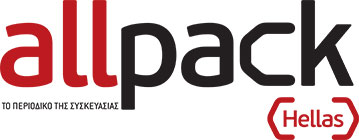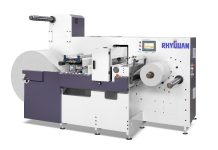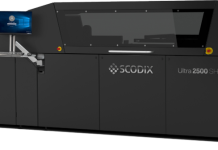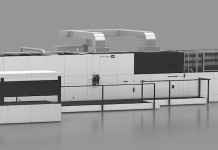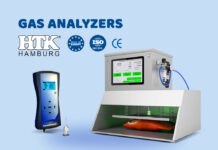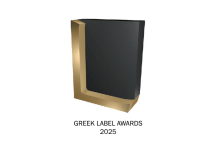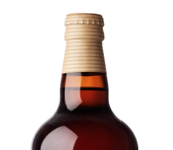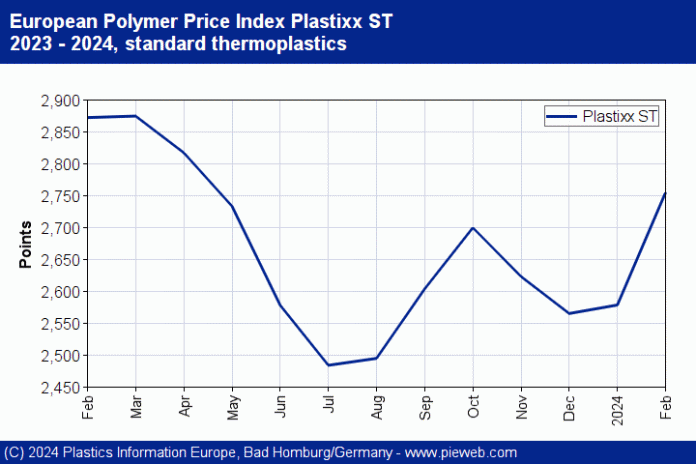Quotations for most grades fixed higher / PVC types roll over, PET declines / Demand remains largely subdued / February price trend likely to continue in March
PE: Even the fixing of the C2 contract just EUR 5/t higher changed nothing about producers using February to improve their margins again. At the beginning of the month, there were rumours of calls for rises of more than EUR 200/t for some types, and, in view of the lack of alternatives, many converters had to swallow the increases – depending on both the material concerned and the previous price level. This led to considerable frustration because they were unable to pass on increases of this size to their customers. Many producers closed their order books early last month. Furthermore, the reductions in output at European plants in some cases had an effect, as it meant that some producers were unable to supply more than the contracted volumes. Demand has still not returned to normal as individual stock-filling measures were simply too sporadic. What remained was a battle for orders: whereas some converters felt the effect of orders being brought forward and had increased business, for others the capacity utilisation declined again. The increase in the ethylene contract by +30 EUR/t should only provide an initial indication of how high the premiums will be in March. It is to be expected that producers will once again be offering their products with price rises above the increase in the cost of the monomer in order to improve their margins. As far as ordering activity is concerned, however, the prospects remain bleak. The Easter holidays will come at the end of the month, which typically puts a dampening effect on demand. Converters are therefore likely to order only what they absolutely need.
PP: The C3 increase (up by EUR 15/t) was only relevant for monomer formula contracts. In all other negotiations, significantly higher price hikes were achieved. Depending on the material and the starting price, producers were able to achieve surcharges of up to EUR 200/t for PP homopolymers and copolymers. In the retail sector, meanwhile, processors were still able to get away with high, double-digit increases in some places. Coloured and reinforced materials recorded significantly lower upticks because restocking was rare. Compounders even had to reduce their output in order to not oversupply the market. The high markup demands for homo- and copolymer materials, which were often described as a “rush job” by producers in the PIE panel discussions, frustrate buyers. They tend to endorse a certain margin expansion, but not to an extent that they find difficult to pass on to their own customers. Since 2022, the contracted volumes in Western Europe have tended to decrease, which is why contracts have currently been honoured fully in most cases. However, those who now rely primarily on imports and spot quantities could not assume that they would be able to fully cover their own requirements. Some producers also closed their order books early, which large traders were only partially able to compensate for. Demand continues to exceed supply. Nevertheless, producers will probably keep plant output low in order to maintain control and not jeopardise the current price increases. In some cases, processors are reporting new orders from the warehouses of end users – and at a satisfactory level. However, this is usually seen as an “advance purchase” and not as a fundamental improvement in demand. These quantities could then be lacking again towards the summer. The renewed increase in the propylene contract for March (up by EUR 35/t) is once again likely to be the first sign of further price hikes for base polymers and compounds. As the supply situation remains meagre, new premiums above the cost of the monomer are to be expected. Seasonal demand should pick up somewhat, but will likely be curbed by the Easter break. PIE panellists therefore see demand largely at the previous month’s level.
PVC: February was an unspectacular month. Negotiations proceeded relatively quickly as the ethylene contract had been fixed (up EUR 5/t). Producers only made a few attempts to increase the price level for base material. The negotiating parties agreed on a rollover after the first ten days already and this remained in force until the end of the month. A number of converters, including window profile manufacturers, saw a slight rise in ordering activity. This was by no means at the normal level, however. Other customers were short of orders, with pipe manufacturers, in particular, still suffering from the slump in the construction industry. Call-offs were also further curbed by a slight slowdown in the pharmaceutical packaging sector where demand is normally guaranteed. The picture is set to change in March. With the start of the maintenance season, the market should gradually move into a balanced state. Individual producers may also be tempted to boost their margins through hikes going beyond the pro-rata increase in costs. Tough negotiations are on the cards – especially as demand is not expected to pick up.
Styrenics: The situation is becoming increasingly uncomfortable for styrenics processors, as skyrocketing feedstock costs are currently being made worse by poor sales volumes. In February, for example, processors were confronted with demands for increases from PS and EPS producers who expected to price in the sharp rise in the styrene reference (up EUR 190/t) at the very least. In the case of PS, where some suppliers even wanted to hike quotations by up to EUR 230/t, most deals ultimately oscillated around the level of the monomer cost increase within a certain margin. In the case of EPS, on the other hand, they often remained below this level, with the SM surge rather forming the upper limit for increases. As for ABS, the cost change also served more or less as a guideline for calculating hikes, albeit with a certain variance: the increase in composite costs of around EUR 115/t led to upticks that generally ranged from EUR 100/t to EUR 150/t. And that’s not all: the situation will likely not change significantly in March. Demand is set to remain weak and after the even stronger increase in the styrene reference in March (up EUR 222/t), another round of triple-digit price increases is all but guaranteed. Processors will likely limit their orders to the bare essentials.
PET: As in January, the European PET market went through two distinct phases in February – albeit in precisely the opposite direction. In the first third of the month, prices continued to rise as expected, even if only moderately. A number of customers had gone too far when emptying out their warehouses at the turn of the year and were thus forced to make purchases and bite the bullet. Most, however, were able to relax and ride out the situation. Demand from the end markets remained persistently weak and, at the same time, the PX reference for February was settled early on, with an increase of EUR 15/t, which was clearly below what had been feared. Some buyers also received unsolicited enquiries from suppliers. The result was a rapid fall in PET prices. On average, a moderate drop of EUR 25/t was recorded over the month as a whole. In the current situation, prices can be expected to fall slightly. The feedstock side is unlikely to provide much support and the arrival of further imports has also been announced. If the pre-season picks up to a greater extent than of late, a rollover also seems feasible.
For more than 35 years, PIE has been an invaluable source of information for European plastics industry decision makers – a quick, yet in-depth look at the development of plastics markets and polymer prices. Available online 24/7 and as a printed newsletter twice a month. To read the entire report, go to www.pieweb.com and sign up for a 48-hour free trial!
